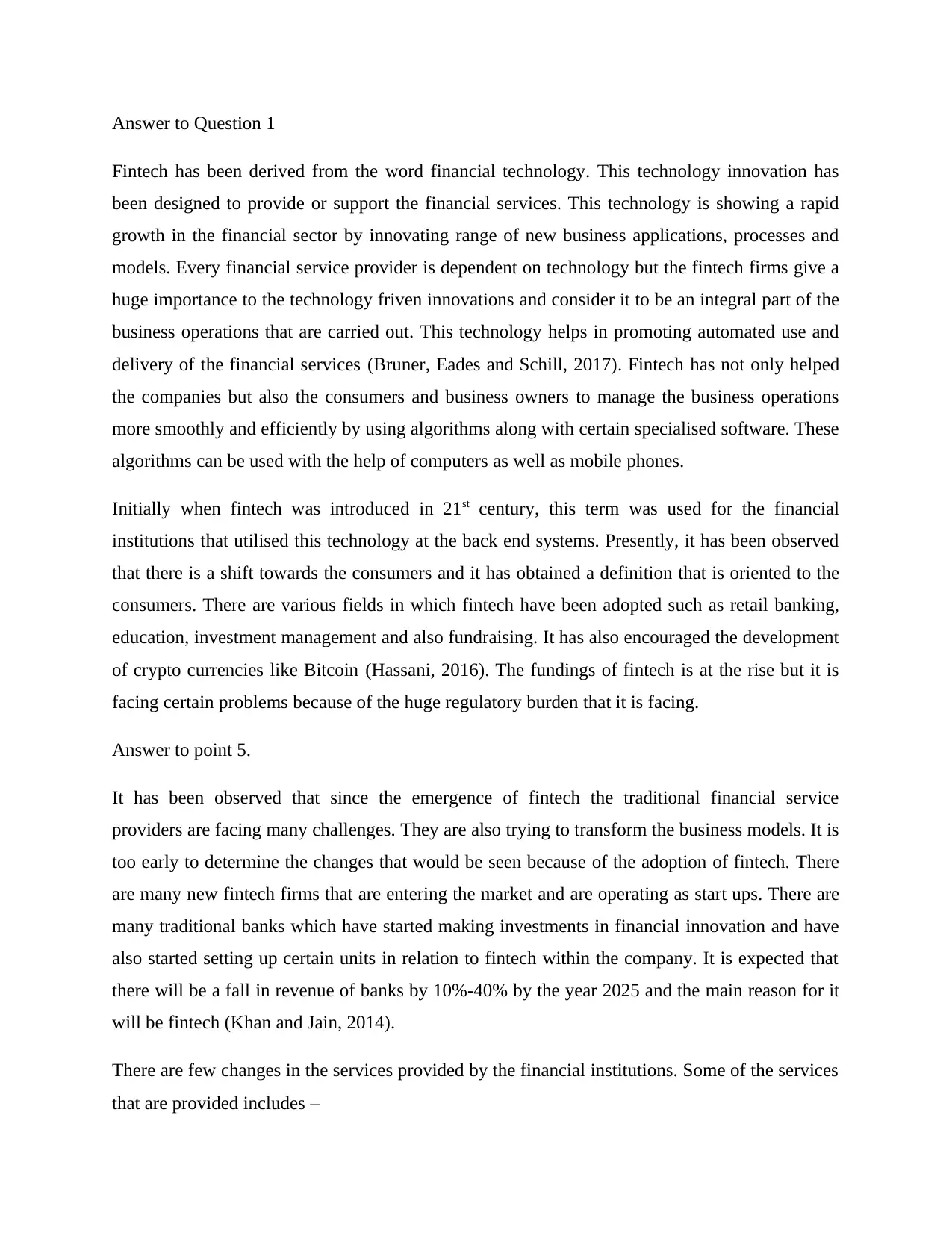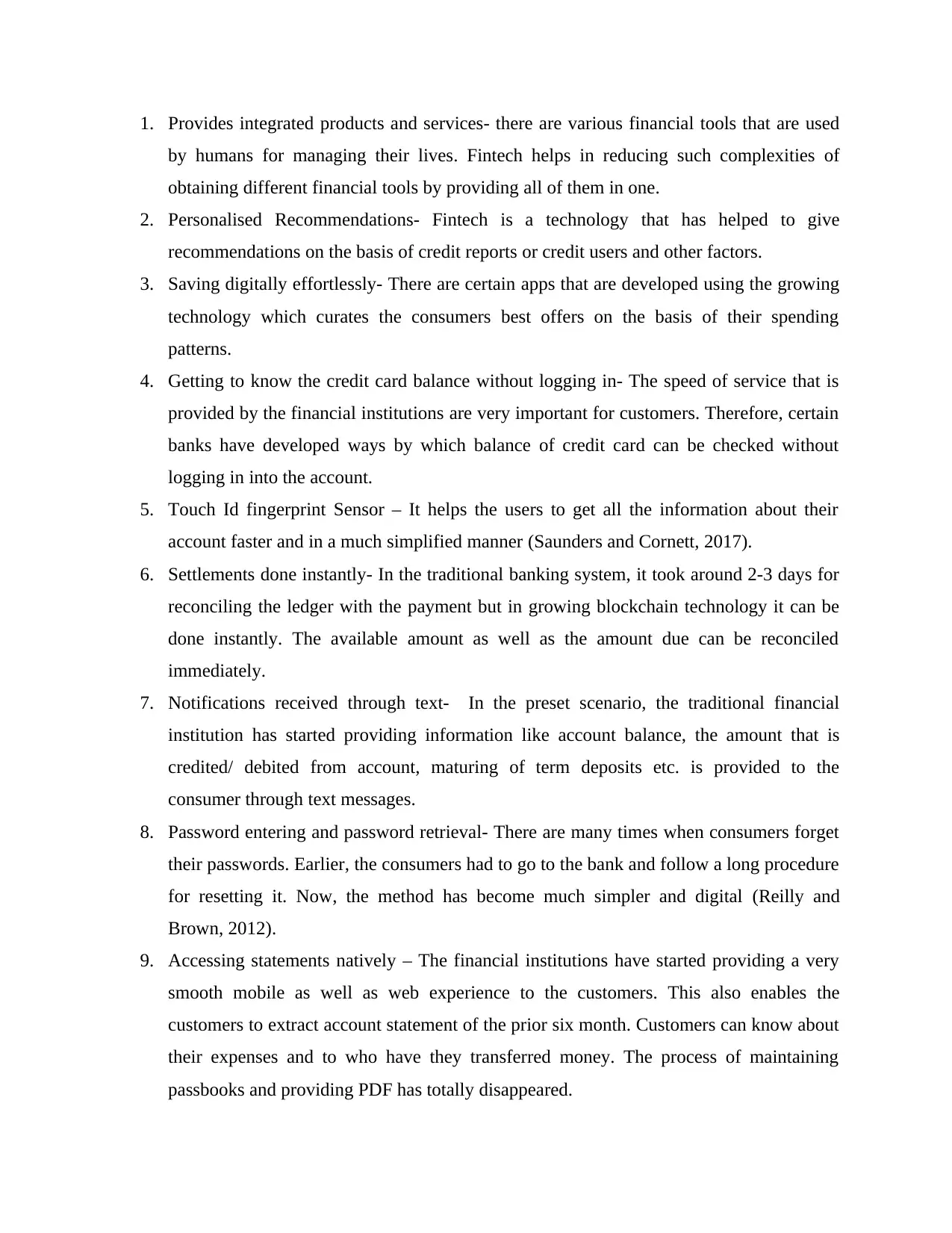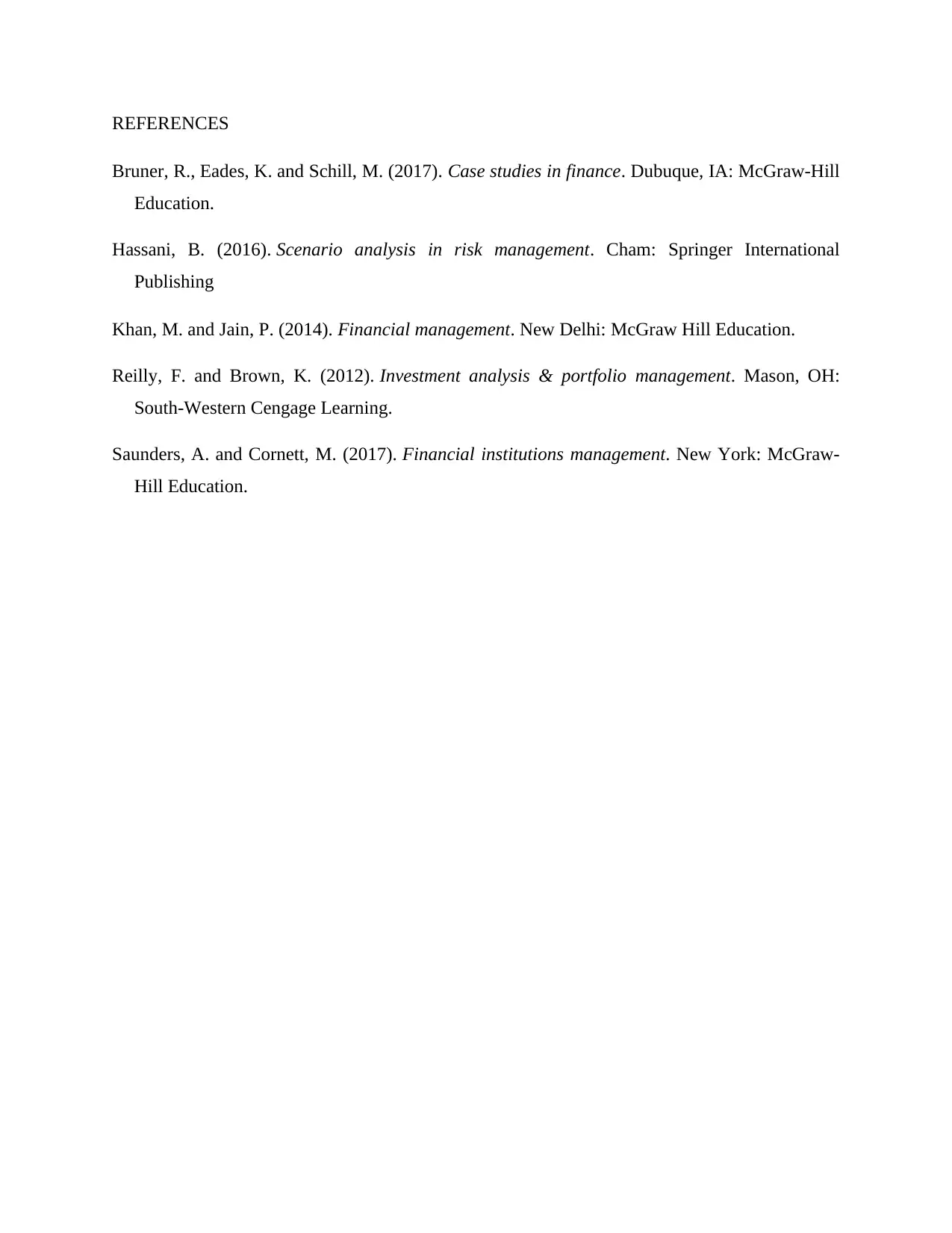BFC5916, Semester 2: Fintech Challenges in International Banking
VerifiedAdded on 2022/10/14
|3
|936
|12
Report
AI Summary
This report examines the transformative impact of financial technology (fintech) on the international banking sector. It defines fintech as technology-driven innovation in financial services, highlighting its rapid growth and significance for both companies and consumers. The report explores various fintech applications, including retail banking, investment management, and the rise of cryptocurrencies, while also acknowledging regulatory challenges. It analyzes the challenges faced by traditional financial service providers and the evolution of their business models in response to fintech's emergence. The report details specific changes in financial services, such as integrated products, personalized recommendations, digital savings, and enhanced customer experiences through mobile and web platforms. The report references key academic sources to support its analysis and offers insights into the ongoing evolution of the banking industry in the face of technological advancements. The report is based on a group assignment for BFC5916 at Monash Business School.
1 out of 3










![[object Object]](/_next/static/media/star-bottom.7253800d.svg)